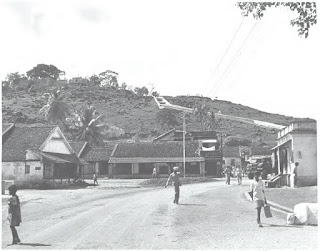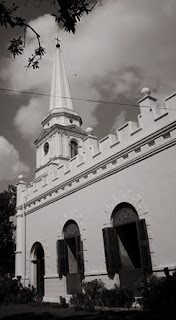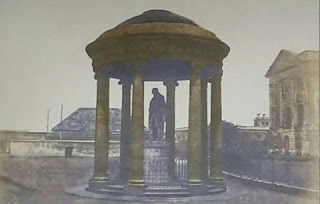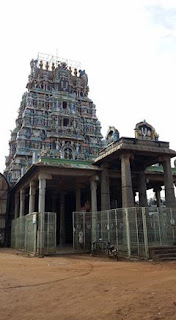BLACK TOWN 1865

An interior street of Black Town in this photograph taken by John Nicholas in 1865. The beauiful tiled houses can be seen with Thinnais outside for chit chatting and an era when no electricity was there. The new Black town developed after 1760s was originally made up of Muthialpet where the Left hand castes lived (Traders, Artisans, Oil Mongers, Leather workers and Weavers) and Peddanickenpet where the Right hand castes lived(Land owners, Accountants etc Dubashes and Merchants). The Telugu speaking Arya Vysya and Beri Chetties generally lived west of Pophams Broadway while Tamil speaking Sengunda Mudaliyars lived east of Pophams Broadway and Moors to the North. The Black town was highly congested overpopulated and extended over 850 acres from NSC Bose Road in South to Old Jail Road in North and from Wall Tax Road on the West to North Beach Road in the East.








